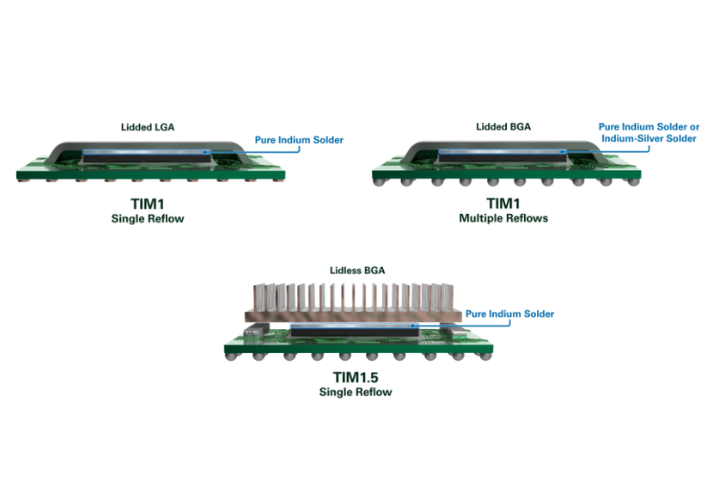Indium Corporation’s Tech Seconds video series features Phil Zarrow answering the electronics assembly industry’s most commonly asked questions… in less than 60 seconds. In this installment, Phil outlines how to determine whether your voids are a symptom or a defect.
Question: I just got a new X-ray and I’m looking at assemblies and seeing all of this voiding. How do I determine which areas are important to look at?
Phil Zarrow: One of the things we have to determine, first of all, is whether the void is a defect or a symptom. When we look at voiding, for example in a BGA, IPC established a specification that says a maximum of 30% voiding per solder joint. With bottom terminating components, right now, there is no limit, but the committee is looking at it and probably it’s going to fall in the vicinity of 40% or 50%. Some components require near zero voiding. LEDs and sensors come to mind.
You want to look at the volume of the void and also the location, in other words, how close to an interfacing surface versus the center of a joint it might be. And, of course, in order to do this, we need quality X-ray equipment, at the very least, an X-ray with oblique angle viewing, perhaps laminography, if you’re trying to avoid using destructive testing.



